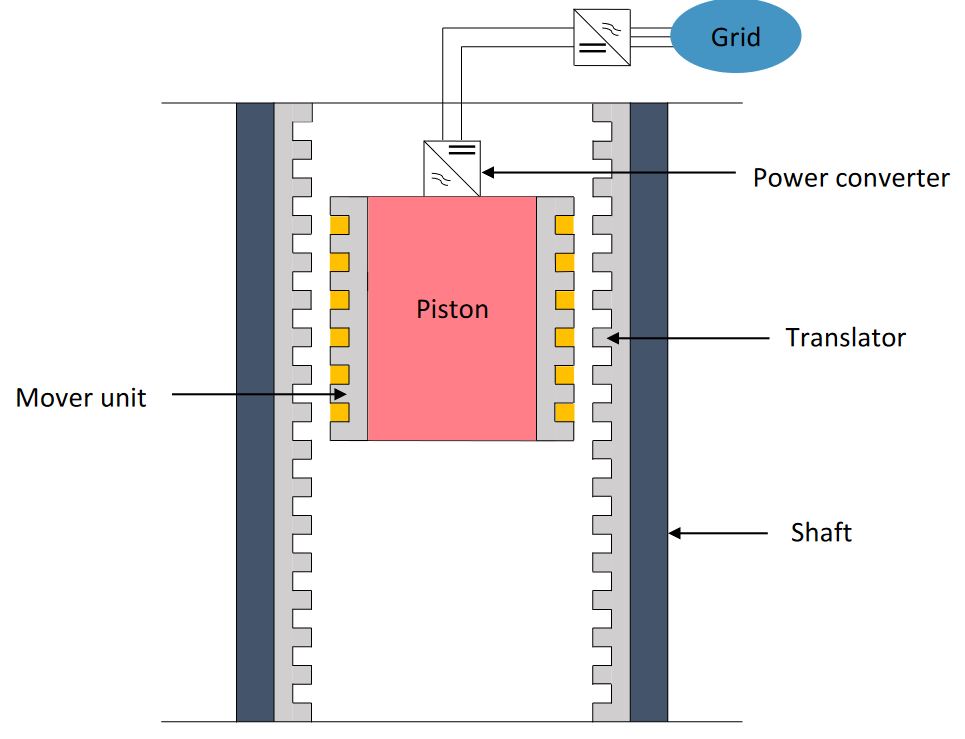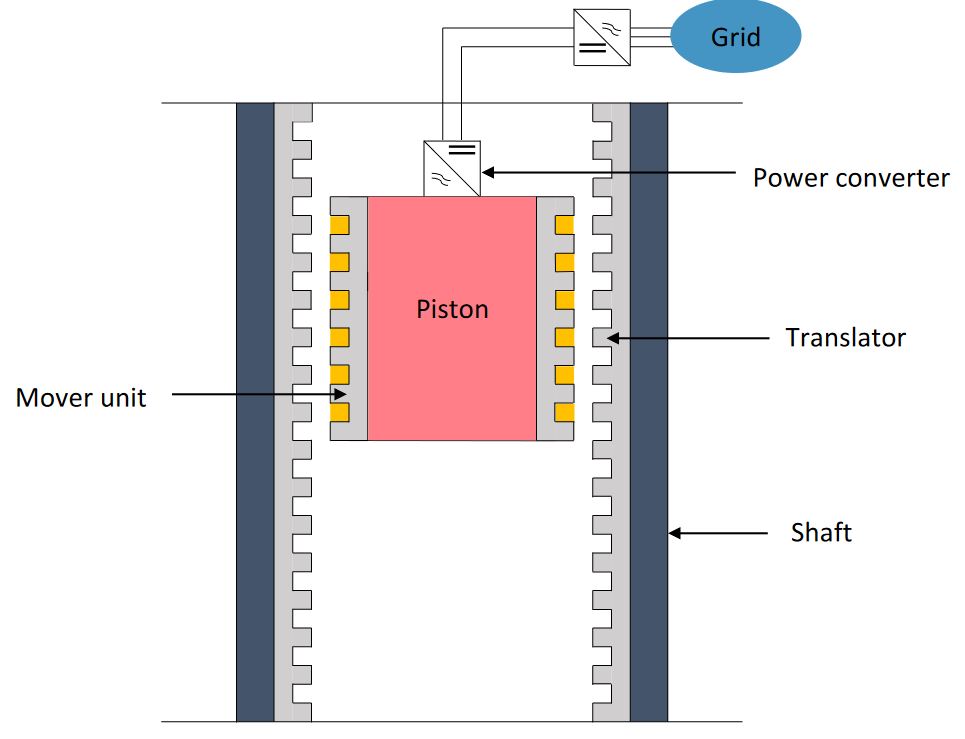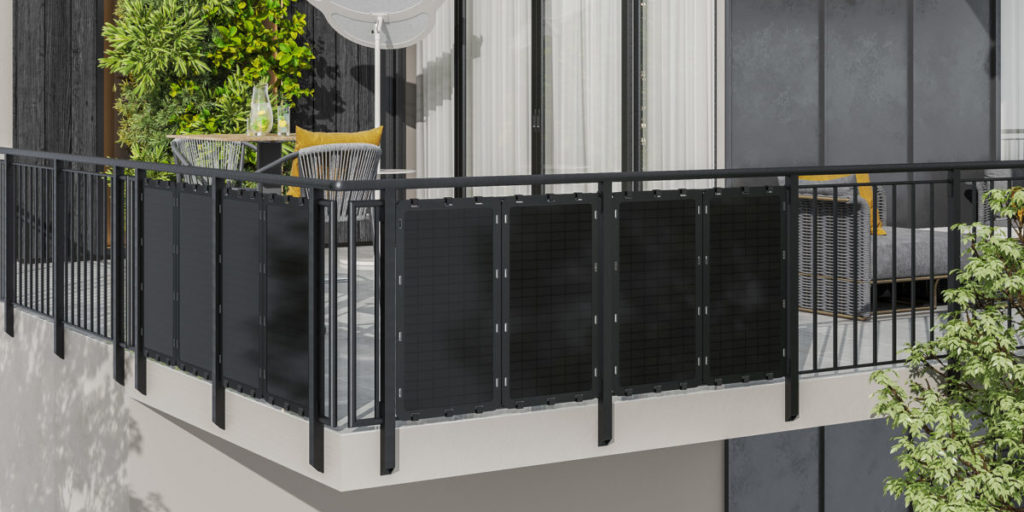https://www.pv-magazine.com/2023/01/11/gravity-storage-system-based-on-linear-electric-machines/
Gravity storage system based on linear electric machines

Gravity energy storage system
Image: Stellenbosch University
Scientists from Stellenbosch University in South Africa have designed a new gravity energy storage system, based on linear electric machines (LEM), that could be used in decommissioned mines.
“The system is suitable for renewable energy sources in particular wind and solar and is flexible in terms of geographical adaptability,” researcher Morris Mugyema told pv magazine. “The system does not require ropes and rather utilizes linear electric machines which provide better utilization of shafts.”
Linear machines are motors that produce a linear force along their length and without rotating or producing torque like conventional motors. They have high force density, which results in a lower footprint and more adaptability in small spaces.
The linear electric machine-based gravity energy storage system (LEM-GESS) uses linear machines to vertically move multiple solid masses, or pistons, to store and discharge electrical energy. It consists of a piston, a shaft, a translator, a primary mover and a power converter. The power converter synthesizes electrical power to correct standards for the grid during discharge and to the LEM-GESS during the charging cycle
The system operates in two cycles. First, it uses grid electricity to raise pistons to a given height. It then converts it back into electrical energy as the pistons move down the shaft.
“The energy capacity of a complete system is scaled up by adding shafts to the system,” the researchers said. “The shafts are arranged in such a way that more can be added side by side, which makes it flexible and easy to add more storage capacity.”
The research group designed two different systems for different heights of 100 meters and 1,000 meters.
Popular content
“The manufacturing and construction cost is assumed to be double the material cost,” they said.
They compared the performance and LCOS with that of lithium-ion storage, vanadium redox flow batteries, and flywheel storage systems.
“The LCOS was determined considering 5000 annual cycles and a discharge duration of 30 min in order to have a fair comparison,” the academics said.
They found that the 1,000-meter system achieved an LCOS of $ 137.20/MWh. They described this as “very cost competitive … the sensitivity analysis highlights that the LCOS of the LEM-GESS is sensitive to CAPEX, efficiency, discount rate and discharge duration.”
The research group introduced the system in “Levelized cost of storage comparison of energy storage systems for use in primary response application,” which was recently published in the Journal of Energy Storage.
“This technology uses solid masses and can achieve high energy density and cycle efficiency which makes it economically viable for specific applications,” the scientists said. “The system can also be used above-ground taking into consideration the technical system height limitations. However, the modular nature of the system would allow easy scale-up in system capacity to meet with the use requirements.”
This content is protected by copyright and may not be reused. If you want to cooperate with us and would like to reuse some of our content, please contact: editors@pv-magazine.com.




